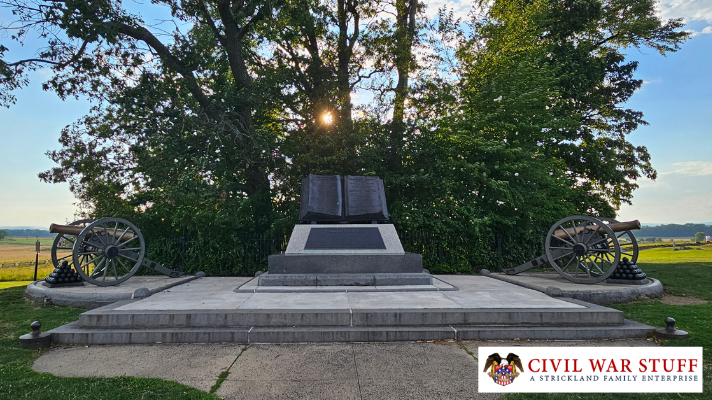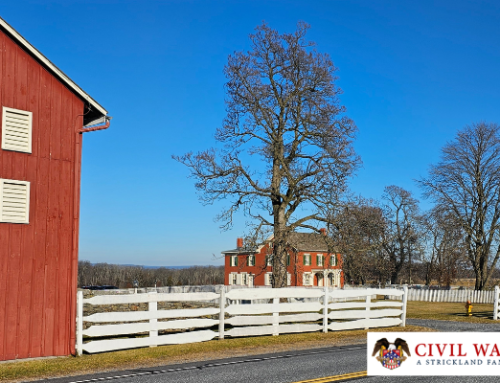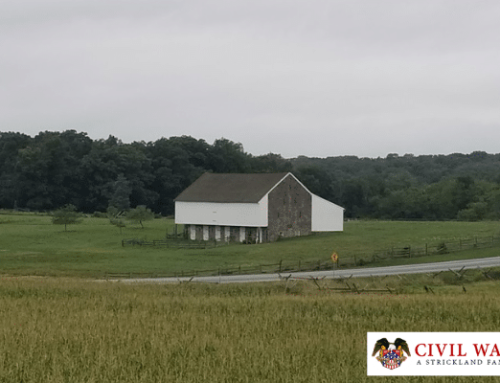The High Water Mark: Gettysburg’s Pivotal Moment

The Battle of Gettysburg, fought during the hot days of July 1 to 3, 1863, stands as one of the most significant turning points in the conflict. At the heart of this epic clash, a moment of utmost significance emerged – the High Water Mark. This term encapsulates the zenith of Confederate momentum and the turning tide that would ultimately shape the battle’s outcome. This article will delve into the High Water Mark’s historical significance and pivotal role in the Battle of Gettysburg.
Setting the Stage
Gettysburg, Pennsylvania, was a small town that became the epicenter of a colossal struggle between the Union Army of the Potomac, commanded by General George G. Meade, and the Confederate Army of Northern Virginia, led by General Robert E. Lee. Three days of brutal combat saw both sides suffer immense casualties and showcased the fierce determination of the men in blue and gray.
Pickett’s Charge
On the third day of the battle, General Lee made a fateful decision. He ordered a daring assault known as Pickett’s Charge, led by General George Pickett and supported by other Confederate units. The plan was audacious – a frontal assault on the Union center, hoping to split the Federal lines and potentially end the war. Pickett’s Charge was a desperate gambit, and its success hinged on breaking through the Union defenses at Cemetery Ridge.
The High Water Mark
As Pickett’s Charge unfolded, waves of Confederate infantry advanced under a punishing hail of Union artillery and rifle fire. The Confederates managed to breach the Union lines at several points but could not maintain their momentum. The pivotal moment of the battle came when Confederate forces reached a copse of trees, now known as the “Bloody Angle,” near a low stone wall. They encountered fierce resistance from Union troops.
The Confederate advance reached its furthest point, and this is where the term “High Water Mark” originates. It symbolizes the zenith of Confederate success during the Battle of Gettysburg. However, it also marks the beginning of their decline.
The Turning Point
Union soldiers, under the command of General Winfield Scott Hancock, rallied to defend Cemetery Ridge. They mounted a determined counterattack, pushing the Confederate forces back. Many Confederate soldiers were captured, wounded, or killed in the ensuing chaos. Pickett’s Charge had failed, and the Confederates were forced to retreat.
Significance
The High Water Mark at Gettysburg holds profound historical significance for several reasons:
- Strategic Shift: Pickett’s Charge and its failure marked a turning point in the battle and the Civil War as a whole. It was a pivotal moment where Confederate ambitions to secure a victory on Northern soil were crushed.
- Union Resilience: The successful defense of Cemetery Ridge showcased the tenacity and resolve of Union forces. Despite being battered and outnumbered, they held their ground, ensuring the survival of the United States as a nation.
- Confederate Losses: The failed assault exacted a heavy toll on Confederate forces in terms of casualties and morale. It became increasingly clear that the South could not achieve its goals through military means alone.
The High Water Mark at Gettysburg encapsulates the ebb and flow of the American Civil War. It was a moment of intense desperation for the Confederacy and indomitable courage for the Union. The failure of Pickett’s Charge not only marked a turning point in the Battle of Gettysburg but also had far-reaching implications for the course of the war. The sacrifices made by both sides on that fateful day remind us of the enduring legacy of the Battle of Gettysburg and its profound impact on American history.















